14 Boomer Habits That Were Actually Kinda Brilliant
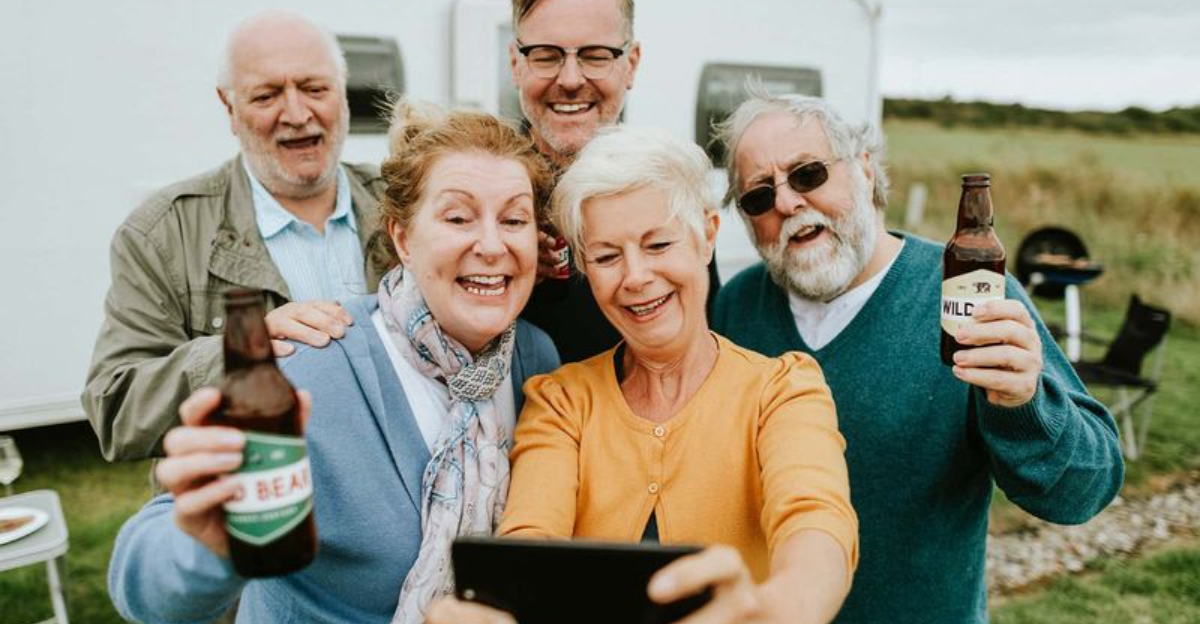
Ever wonder why Boomers always seemed to have life handled like pros? While we’re out here asking our phones how to boil an egg, they were busy mastering the art of living smart—long before Google was a thing. Their secret? Good old-fashioned habits that were equal parts practical, intentional, and—let’s be honest—kinda genius.
Think about it: writing everything down in planners (with actual pens!), clipping coupons like it was a sport, and fixing things instead of tossing them. These weren’t just quirks; they were savvy survival skills wrapped in simplicity.
Sure, some of their ways might seem outdated now, but dig a little deeper and you’ll find timeless wisdom in their daily routines. Whether it was saving a buck, planning ahead, or making do with what they had, Boomers knew how to hustle smart.
So grab a notepad (yes, really), and let’s dive into 14 Boomer habits that are low-key brilliant.
1. Writing Things Down (on actual paper)
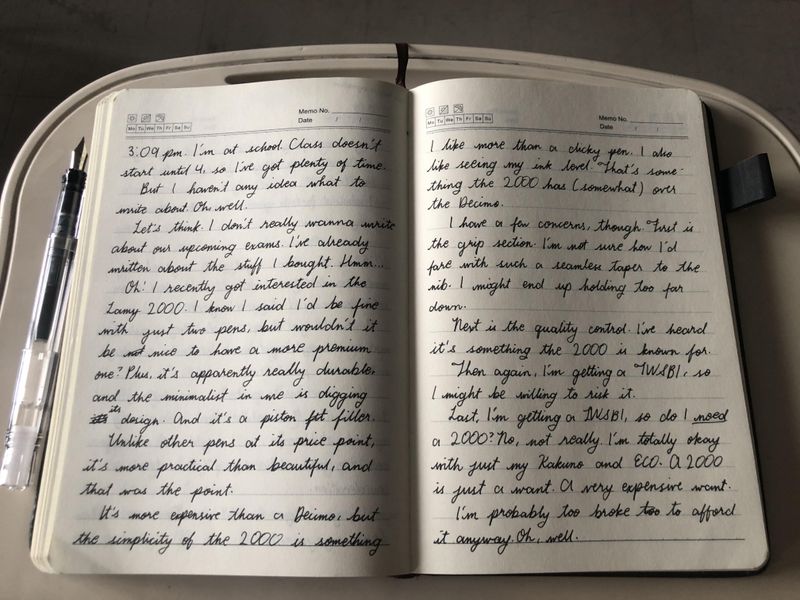
Writing things down was like the original cloud storage. Boomers had sticky notes for reminders, spiral-bound planners for schedules, and fridge calendars for appointments. Nothing says “I’ve got this” like crossing something off a paper list.
I remember my mom’s fridge was a kaleidoscope of colors thanks to a billion sticky notes. Her secret weapon? A pen and some paper. Who needed apps when you had an actual notebook? It was a simpler time, one where dead batteries never erased your to-do list. Sometimes the best way to remember is to put pen to paper.
It’s a tradition I still carry on today, minus the kaleidoscope fridge. There’s something so satisfying about physically crossing off a task. Maybe it’s the sound of the pen scratching or the feeling of accomplishment. Either way, it’s a habit that’s lingered and for good reason.
2. Fixing Stuff Instead of Replacing It
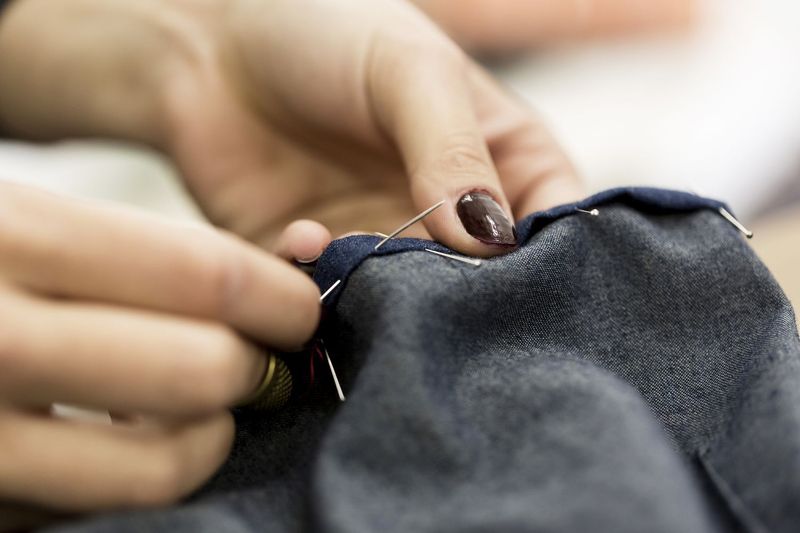
Boomers didn’t just reach for the phone when an appliance broke; they rolled up their sleeves and fixed it. When our dishwasher broke down, my dad didn’t Google a new one; he grabbed his trusty screwdriver. It was like watching a real-life repair show, minus the camera crew.
This was a generation that knew how to stretch a dollar by solving problems with elbow grease and determination. It’s a mindset that’s hard to find today. Fixing rather than replacing isn’t just about saving money; it’s about sustainability.
By valuing what they already had, Boomers reduced waste and taught us the importance of resourcefulness. It’s a lesson that rings true even now. I sometimes find myself channeling my inner Boomer when faced with a broken gadget. After all, who doesn’t enjoy a little DIY challenge? It’s a satisfying way to save a buck and the planet.
3. Face-to-Face Conversations

Before the era of emojis and DMs, Boomers thrived on face-to-face conversations. I remember my neighbor would just drop by, unannounced, for a chat over coffee. It was both alarming and delightful. Social skills were honed through real interactions, not just likes or comments. It’s a refreshing concept, isn’t it? Talking in person—even awkwardly—was an elite social skill.
These interactions built genuine connections and understanding, something that’s easily lost in text exchanges. You’d get to see the twinkle in someone’s eye or the curl of a smile. Face-to-face conversations had a depth that’s often missing from our digital lives.
I still cherish those impromptu chats and attempt to pull people away from screens for some good old-fashioned conversation. It’s a tradition worth keeping alive, like trying to bake without burning the kitchen down. Besides, who doesn’t enjoy some real-time laughter?
4. Using Cash

Cash was king, and Boomers knew how to rule it. My mom had this perpetual stash of bills in her purse, a testament to her financial prowess. With cash, you couldn’t spend what you didn’t have. It’s like a built-in budget app—only less techy, more tactile. Financial boundaries were clear and present. When the wallet was empty, it was time to stop spending.
Credit cards weren’t the go-to tool for transactions; cash was. This practice instilled a sense of financial discipline and awareness. Handling cash meant being in control of every penny. It was a tangible way to manage money, giving a real-time view of one’s financial situation.
I sometimes think about going back to that method, if only to feel the weight of money in my hand. It’s a habit that deserves a comeback in our digital world. After all, who doesn’t like the sound of jingling coins?
5. Clipping Coupons (and actually saving money)
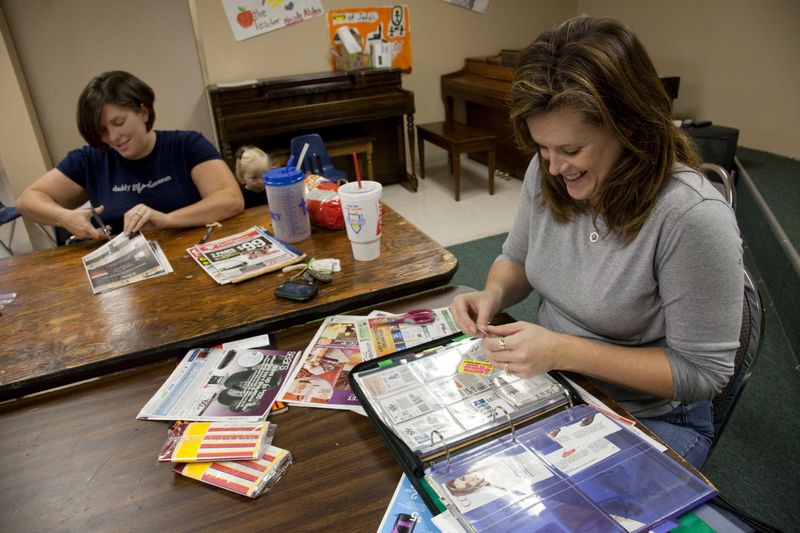
Clipping coupons was like a sport for Boomers, complete with strategy and precision. I remember the Sunday ritual of spreading newspaper inserts across the table. My mom was like a treasure hunter, scouring for deals. Those clippings were gold, and they knew how to use them. With a snip here and a cut there, grocery bills magically shrunk.
It was a hustle that brought satisfaction and savings. Boomers weren’t just saving cents; they were mastering the art of frugality. It’s a skill that can come in handy even today. I sometimes find myself reaching for a pair of scissors and a newspaper.
There’s a nostalgia in the ritual, a throwback to simpler times. Besides, who doesn’t enjoy a good bargain? This habit taught me the value of saving, even if it meant wading through piles of paper for that elusive deal.
6. Cooking at Home—All the Time
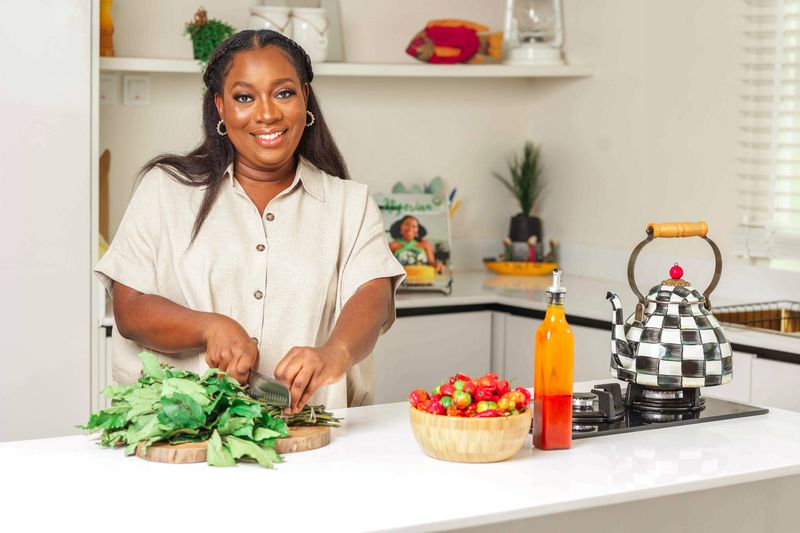
Boomers cooked—with actual ingredients. There were no shortcuts, just good food from scratch. I recall the kitchen being the heart of the home, filled with the aroma of simmering pots. Dinner wasn’t a grab-and-go affair; it was an event. Cooking was a skill and a tradition, passed down through generations. It was culinary sustainability at its finest.
Leftovers from one meal often transformed into something new. This was before takeout apps and drive-thrus, when home-cooked meals were the norm. It’s a practice that many of us could benefit from adopting. The satisfaction of creating a meal from scratch is unmatched.
I find myself trying new recipes, savoring the process as much as the meal itself. It’s a habit that nourishes both the body and the spirit. Who needs a chef when you’ve got a recipe and a little imagination?
7. Hanging Clothes to Dry
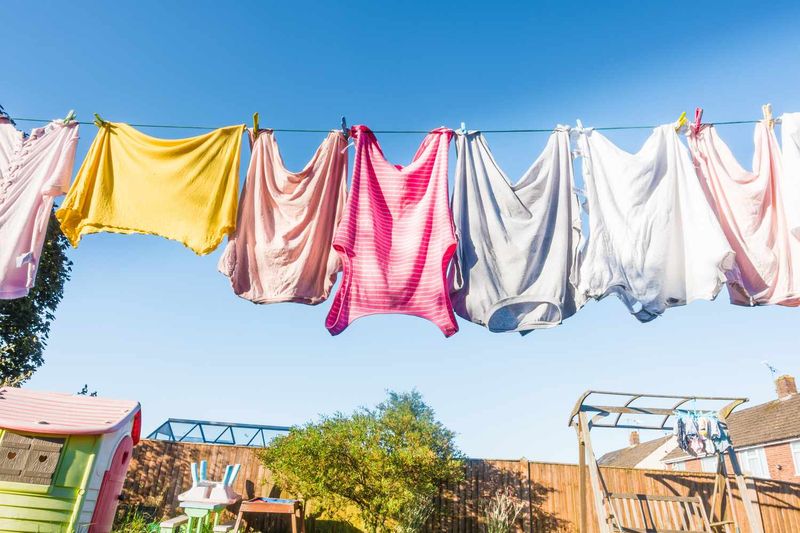
Boomers knew the secret to fresh-smelling laundry: sunshine and fresh air. Hanging clothes to dry wasn’t just eco-friendly; it was economical. I fondly remember the sight of a clothesline swaying with shirts and sheets like flags in the wind. It was laundry day magic. This method saved energy and extended the life of clothes.
There was no tumble dryer to shrink your favorite sweater. I grew up with this tradition, and there’s something nostalgic about it. The sun-kissed scent of clothes was unbeatable. Who needs fabric softeners when nature does the job?
It’s a habit that deserves a modern revival. I occasionally hang clothes outside, enjoying the breeze and the simplicity. It’s an effortless way to be eco-conscious and practical. Besides, who doesn’t love the feeling of sun-dried sheets? It’s like wrapping yourself in a warm hug from Mother Nature.
8. Sending Handwritten Letters

Boomers knew the charm of a handwritten letter. There’s a magic in real ink and paper that digital messages can’t replicate. I recall writing letters to pen pals, decorating them with doodles and stickers. Each letter was a small work of art, a piece of me on paper. Sending and receiving letters was a delightful ritual, filled with anticipation.
It was communication with heart, not just words. The personal touch of a handwritten note is unparalleled. I still write letters occasionally, enjoying the tactile experience. It’s a practice that slows down time and makes communication meaningful.
In an era of instant messaging, taking the time to write is a refreshing change. Who wouldn’t love a letter filled with genuine thoughts and emotions? It’s a habit that deserves to be cherished and continued. After all, receiving a letter is like getting a hug in an envelope.
9. Buying Things That Last

Boomers were all about quality over quantity. They bought things once, not seventeen times. I remember my grandmother’s cast iron skillet, a family heirloom passed down with pride. It was indestructible, a symbol of durability. This mindset extended to everything—from clothing to appliances.
They invested in items built to last, not disposable trends. It was a practice that valued longevity and sustainability. In today’s world of fast fashion and disposable goods, this philosophy is a refreshing change. I occasionally find myself drawn to vintage shops, looking for timeless pieces.
There’s a satisfaction in owning something that withstands time. It’s a habit that promotes mindful consumption. Who doesn’t appreciate a product that delivers on quality? By choosing lasting goods, Boomers taught us the value of durability. It’s a lesson that resonates now more than ever, as we strive for sustainability.
10. Waiting for Things (and appreciating them more)

Boomers mastered the art of patience. Waiting was a part of life—whether for a new episode of a TV show or a cherished photograph to develop. It was a practice that taught appreciation. I remember the excitement of waiting for my favorite band to come on the radio. The anticipation made the moment sweeter. Delayed gratification was a lesson in value.
We often take instant access for granted today, but there’s beauty in waiting. It’s a habit that adds depth to experiences, making them more memorable. I sometimes try to embrace this by taking breaks from the digital rush.
It’s a refreshing way to enjoy the little things. Who doesn’t love the thrill of anticipation? Boomers showed us that waiting isn’t a waste; it’s a gateway to greater enjoyment. It’s a timeless lesson that enriches life’s experiences.
11. Having a Home Phone Everyone Shared

Boomers lived in a world where one phone served an entire family. The home phone was a central hub for communication. I remember the joy (and sometimes chaos) of sharing this single line with siblings. There was no hiding behind “my phone died” excuses. It was both a blessing and a curse. This shared experience created a sense of community and connection.
Everyone was reachable, fostering real conversations. I sometimes miss the simplicity of a home phone, where sharing meant more than just bandwidth. It was a practice that brought families together, even if it meant occasional sibling fights.
Who doesn’t enjoy a little nostalgia? The home phone was more than a device; it was a family affair. Boomers taught us the value of shared experiences and open communication. It’s a lesson that remains relevant in our increasingly isolated digital lives.
12. Keeping a Stash of Emergency Supplies

Boomers were the masters of preparedness. The emergency drawer was a staple in every home, filled with essentials like batteries, candles, and a weird tin of crackers from 1984. I always felt secure knowing we could weather any storm with our stash. It was like having a mini-mart at home. This practice taught self-sufficiency and readiness.
You never knew when disaster might strike, but you were always prepared. It’s a habit that instills confidence and peace of mind. I still keep an emergency drawer, a nod to Boomer wisdom. It’s a comfort knowing I can handle unexpected situations.
Who doesn’t like feeling prepared? Boomers showed us that being ready for anything is a smart way to live. It’s a practice that’s just as relevant today, encouraging self-reliance and foresight. After all, who doesn’t appreciate a well-stocked emergency drawer?
13. Taking Pride in Lawn Care

Boomers took lawn care seriously, turning it into an art form. A well-manicured lawn was a symbol of pride and care. I remember weekends spent mowing, raking, and edging with my dad. It was hard work, but the result was a sight to behold. This tradition was a workout and a meditative practice. Taking care of your lawn was more than vanity; it was a way to connect with nature.
I sometimes find joy in mowing the lawn, appreciating the simplicity of the task. It’s a habit that fosters pride in one’s home and surroundings. Who doesn’t love the smell of freshly cut grass?
Boomers taught us the value of hard work and dedication, even in simple tasks. It’s a lesson that cultivates mindfulness and satisfaction. In today’s fast-paced world, lawn care is a moment to pause and appreciate the little details.
14. Reading the Newspaper Cover to Cover

Boomers started their day with a newspaper, devouring every page. It was more than just news; it was a ritual. I remember sitting with my grandpa, sharing sections and discussing headlines. It was an experience, not just information. Reading the newspaper cover to cover meant getting a mix of stories, comics, advice columns, and horoscopes.
It made breakfast conversations richer and more engaging. In today’s world of doomscrolling, this practice offers a refreshing change. I sometimes find myself longing for the simplicity of a newspaper. It’s a habit that promotes a balanced news diet and thoughtful reflection.
Who doesn’t enjoy a good comic strip with their coffee? Boomers showed us that being informed can be enjoyable. It’s a lesson that encourages curiosity and comprehensive understanding. In our digital age, taking time for a newspaper is a delightful break from the screen.
